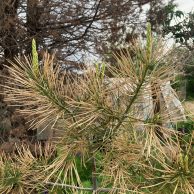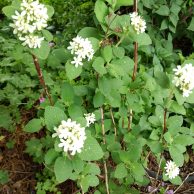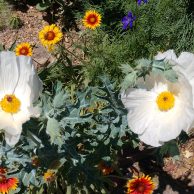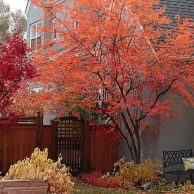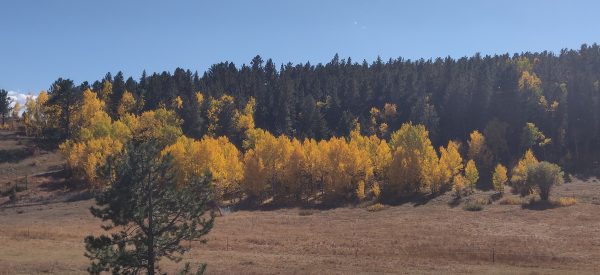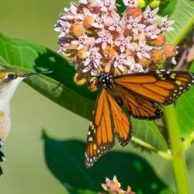
Non-toxic weed management, please!
by Mikl Brawner
The most effective time to remove weeds organically is NOW, when it’s HOT.
Harlequin’s Gardens is carrying two non-toxic* herbicides that WORK. There are non-toxic herbicides on the market that are a waste of money; we’ve tested them. The two we know that work are 20% Vinegar and Avenger Weed Killer.

